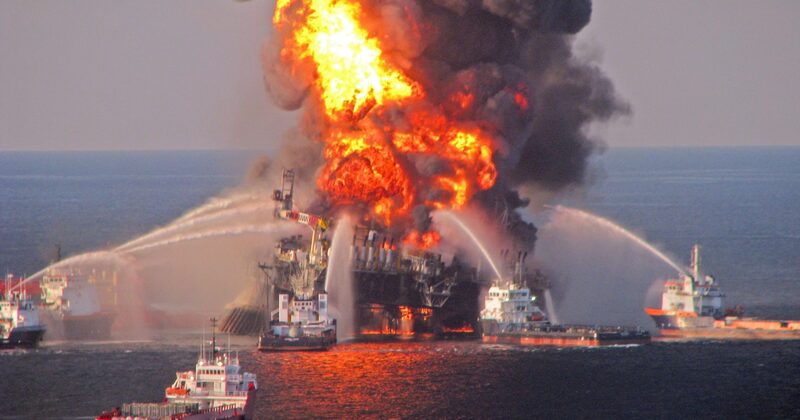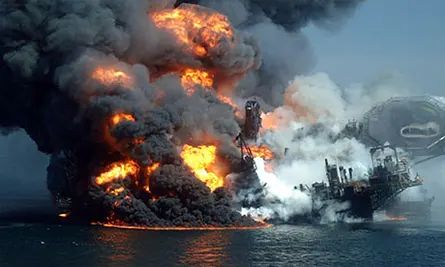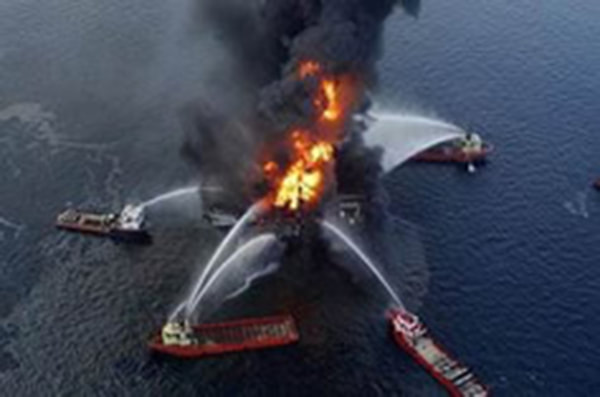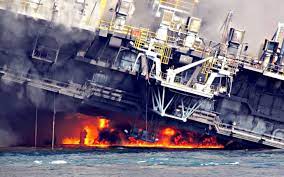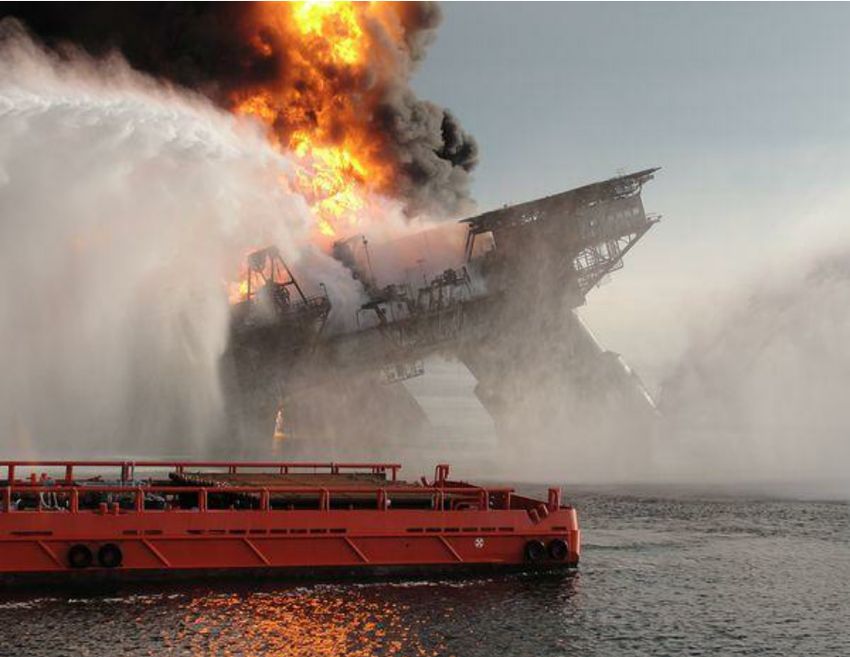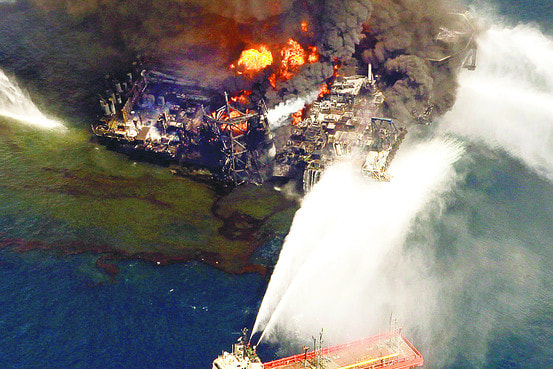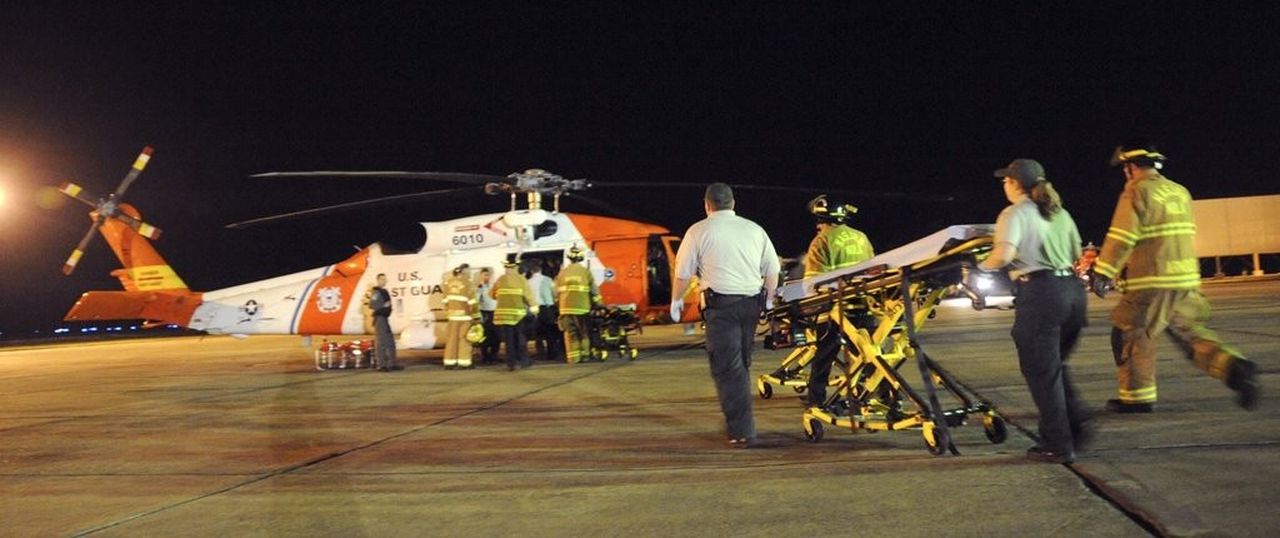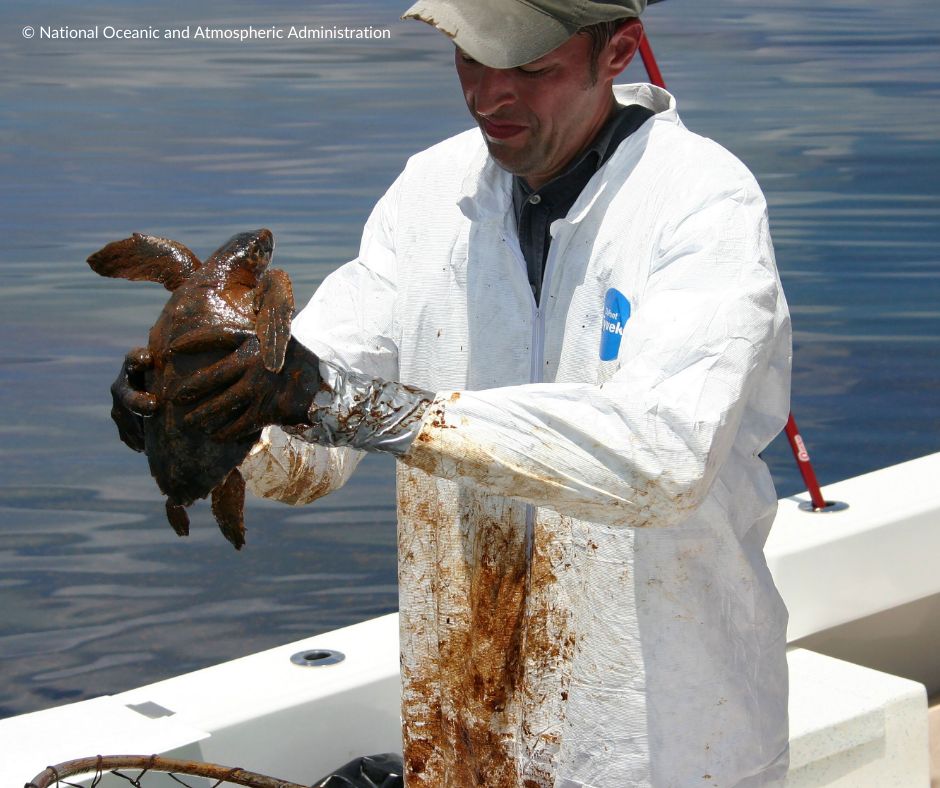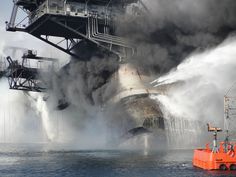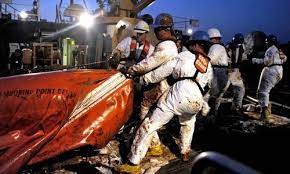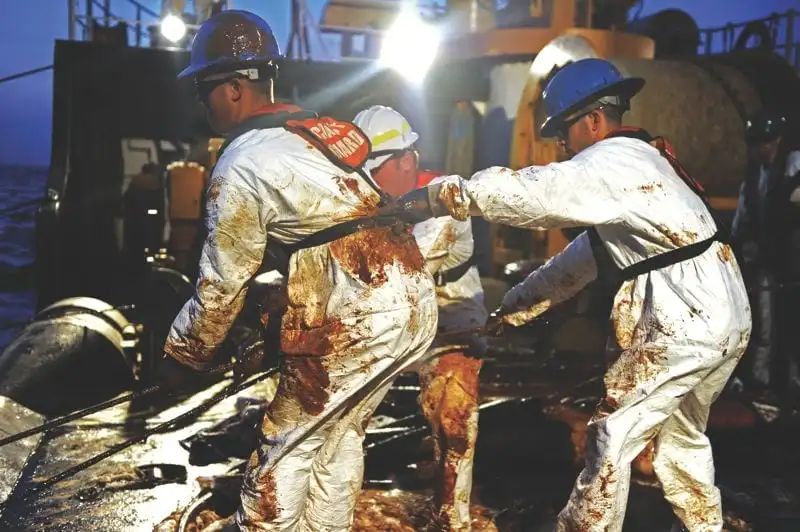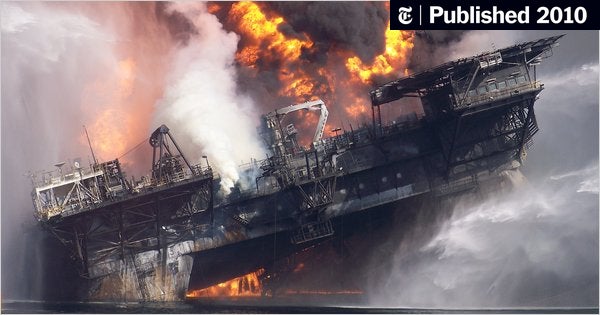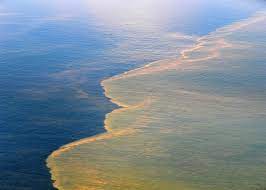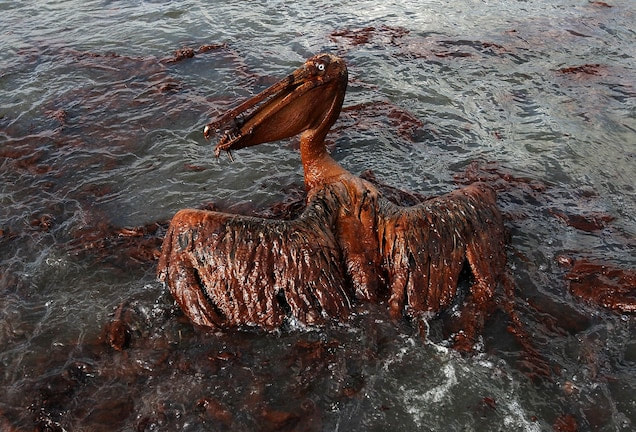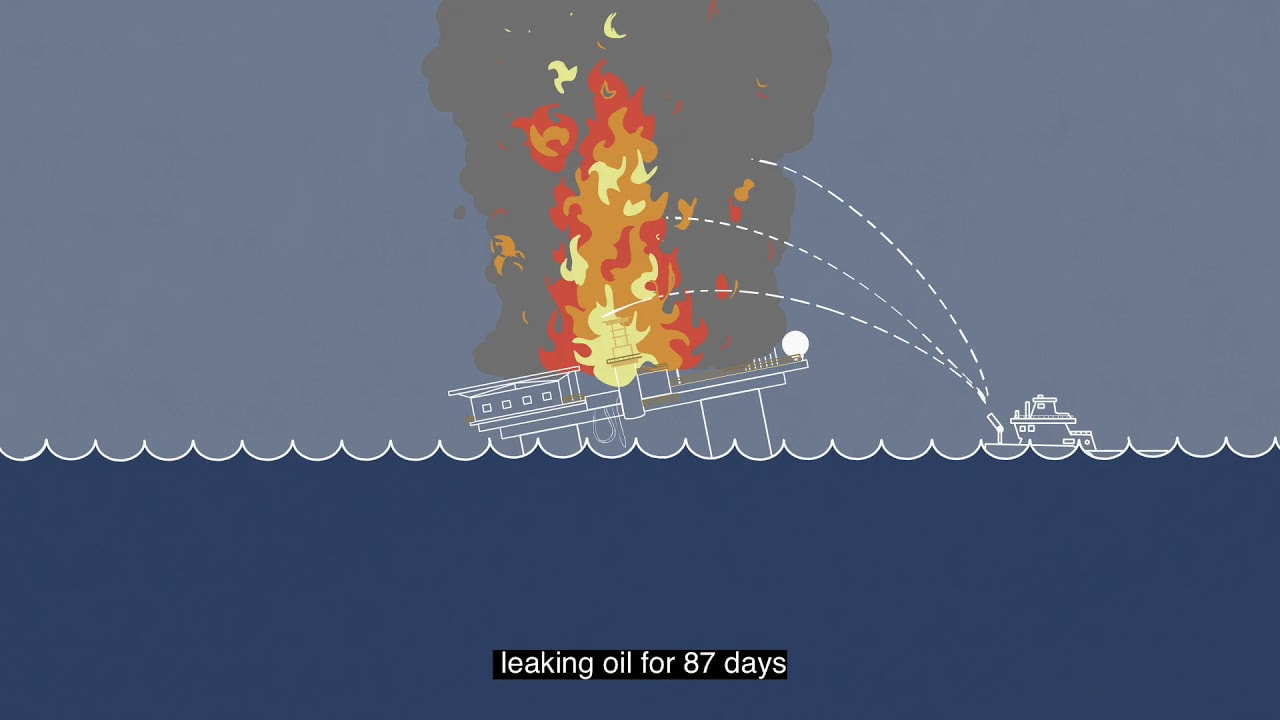- Home
- Magazines
-
Newsletters
- 19 July 2024
- 12 July 2024
- 5 July 2024
- 28 June 2024
- 14 June 2024
- 7 June 2024
- 31 May 2024
- 24 May 2024
- 17 May 2024
- 10 May 2024
- 3 May 2024
- 26 April 2024
- 19 April 2024
- 12 April 2024
- 22 March 2024
- 15 March 2024
- 8 March 2024
- 1 March 2024
- 23 February 2024
- 16 February 2024
- 9 February 2024
- 26 January 2024
- 19 January 2024
- 12 January 2024
- 22 December 2023
- 1 December 2023
- 24 November 2023
- 10 November 2023
- 3 November 2023
- 27 October 2023
- 20 October 2023
- 13 October 2023
- 6 October 2023
- 29 September 2023
- 22 September 2023
- 15 September 2023
- 8 September 2023
- 25 August 2023
- 18 August 2023
- 11 August 2023
- 4 August 2023
- 28 July 2023
- 21 July 2023
- 14 July 2023
- 7 July 2023
- 30 June 2023
- 23 June 2023
- 15 June 2023
- 2 June 2023
- 26 May 2023
- 19 May 2023
- 12 May 2023
- 5 May 2023
- 28 April 2023
- 21 April 2023
- 14 April 2023
- 6 April 2023
- 31 March 2023
- 24 March 2023
- 17 March 2023
- 10 March 2023
- 3 March 2023
- 24 February 2023
- 17 February 2023
- 10 February 2023
- 3 February 2023
- 27 January 2023
- 13 January 2023
- 22 December 2022
- 15 December 2022
- 9 December 2022
- 2 December 2022
- 25 November 2022
- 18 November 2022
- 11 November 2022
- 4 November 2022
- Advertising
- Subscribe
- Articles
-
Galleries
- AOSH Firexpo 2024
- Midvaal Fit to Fight Fire 2024
- WoF KNP 2023 Gallery
- TFA 2023 Gallery
- DMISA Conference 2023
- ETS 2023 Gallery
- Drager Fire Combat and Rescue Challenge 2023
- AOSH Firexpo 2023
- Midvaal Fit to Fight Fire
- WC IFFD 2023
- NMU 13th Fire Management Symposium 2022
- JOIFF Africa Conference 2022
- ETS 2022 Gallery
- TFA 2022 Gallery
- IFFD 2018
- SAESI
- TFA
- WRC 2018
- WRC 2019
- A-OSH/Securex
- IFE AGM 2019
- ETS Ind Fire Comp Nov 2019
- ETS Challenge 2021
- Drager launch
- Drager Fire Combat and Rescue Challenge 2022
- TFA
- Contact
- Home
- Magazines
-
Newsletters
- 19 July 2024
- 12 July 2024
- 5 July 2024
- 28 June 2024
- 14 June 2024
- 7 June 2024
- 31 May 2024
- 24 May 2024
- 17 May 2024
- 10 May 2024
- 3 May 2024
- 26 April 2024
- 19 April 2024
- 12 April 2024
- 22 March 2024
- 15 March 2024
- 8 March 2024
- 1 March 2024
- 23 February 2024
- 16 February 2024
- 9 February 2024
- 26 January 2024
- 19 January 2024
- 12 January 2024
- 22 December 2023
- 1 December 2023
- 24 November 2023
- 10 November 2023
- 3 November 2023
- 27 October 2023
- 20 October 2023
- 13 October 2023
- 6 October 2023
- 29 September 2023
- 22 September 2023
- 15 September 2023
- 8 September 2023
- 25 August 2023
- 18 August 2023
- 11 August 2023
- 4 August 2023
- 28 July 2023
- 21 July 2023
- 14 July 2023
- 7 July 2023
- 30 June 2023
- 23 June 2023
- 15 June 2023
- 2 June 2023
- 26 May 2023
- 19 May 2023
- 12 May 2023
- 5 May 2023
- 28 April 2023
- 21 April 2023
- 14 April 2023
- 6 April 2023
- 31 March 2023
- 24 March 2023
- 17 March 2023
- 10 March 2023
- 3 March 2023
- 24 February 2023
- 17 February 2023
- 10 February 2023
- 3 February 2023
- 27 January 2023
- 13 January 2023
- 22 December 2022
- 15 December 2022
- 9 December 2022
- 2 December 2022
- 25 November 2022
- 18 November 2022
- 11 November 2022
- 4 November 2022
- Advertising
- Subscribe
- Articles
-
Galleries
- AOSH Firexpo 2024
- Midvaal Fit to Fight Fire 2024
- WoF KNP 2023 Gallery
- TFA 2023 Gallery
- DMISA Conference 2023
- ETS 2023 Gallery
- Drager Fire Combat and Rescue Challenge 2023
- AOSH Firexpo 2023
- Midvaal Fit to Fight Fire
- WC IFFD 2023
- NMU 13th Fire Management Symposium 2022
- JOIFF Africa Conference 2022
- ETS 2022 Gallery
- TFA 2022 Gallery
- IFFD 2018
- SAESI
- TFA
- WRC 2018
- WRC 2019
- A-OSH/Securex
- IFE AGM 2019
- ETS Ind Fire Comp Nov 2019
- ETS Challenge 2021
- Drager launch
- Drager Fire Combat and Rescue Challenge 2022
- TFA
- Contact
|
21 April 2023
|
Vintage: Deepwater Horizon explosion: 13 years ago
|
|
|
|
|
|
|
The Deepwater Horizon drilling rig explosion was an 20 April 2010 explosion and subsequent fire on the Deepwater Horizon semi-submersible mobile offshore drilling unit, which was owned and operated by Transocean and drilling for BP in the Macondo Prospect oil field about 40 miles (64 km) southeast off the Louisiana coast. The explosion and subsequent fire resulted in the sinking of the Deepwater Horizon and the deaths of 11 workers; 17 others were injured. The same blowout that caused the explosion also caused an oil well fire and a massive offshore oil spill in the Gulf of Mexico, considered the largest accidental marine oil spill in the world and the largest environmental disaster in United States history.
Blowout
The fire aboard the Deepwater Horizon reportedly started at 21h56 CDT on 20 April 2010. Transocean employees on the vessel stated that the electric lights flickered, followed by two strong vibrations. Jim Ingram stated that "on the second [thud], we knew something was wrong."
After the explosion, Adrian Rose stated that abnormal pressure had accumulated inside the marine riser and as it came up it "expanded rapidly and ignited." According to BP's internal investigation, a bubble of methane gas escaped from the well and shot up the drill column, expanding quickly as it burst through several seals and barriers before exploding. Rose said the event was basically a blowout. Survivors described the incident as a sudden explosion that gave them less than five minutes to escape as the alarm went off.
The explosion was followed by a fire that engulfed the platform. After burning for more than a day, Deepwater Horizon sank on 22 April 2010. The Coast Guard stated on 22 April that they received word of the sinking at approximately 10h21 am.
On 8 September 2010, BP published a report that suggested that the ignition source was the released gas entering the air intakes of the diesel generators and engulfing the deck area where the exhaust outlets for the main generators were emitting hot exhaust gas.
Survivors
According to officials, 126 people were on board, of whom 79 were Transocean employees, seven were from BP and 40 were contracted; several of the BP and Transocean executives were on board for a tour of the rig, maintenance planning, annual goals review, a "Drops" safety campaign and to congratulate the senior staff of the rig for seven years of operations without a lost time incident.
A total of 115 people were evacuated. Lifeboats took 94 workers to the Tidewater-owned supply boat Damon Bankston, with no major injuries, four were transported to another vessel and 17 were evacuated by helicopter to trauma centres in Mobile, Alabama and Marrero, Louisiana. Most were soon released.
The Coast Guard interviewed the uninjured workers on the Damon Bankston for several hours and then transferred them to another rig; the workers arrived in Port Fourchon, Louisiana, more than 24 hours later. The workers were transported to a hotel in Kenner, Louisiana, where they were provided with food, medical attention and rooms with showers and asked to fill out incident response forms. An attorney for a worker who brought suit against Transocean claimed that once the workers got to shore, "they were zipped into private busses, there was security there, there was no press, no lawyers allowed, nothing, no family members" and were coerced into signing the forms before being released; Transocean denied the allegation.
Casualties
Initial reports indicated that between 12 and 15 workers were missing; reports soon narrowed the number of missing to nine crew members on the platform floor and two engineers. The United States Coast Guard immediately launched a rescue operation involving two Coast Guard cutters, four helicopters and a rescue plane. The two cutters continued searching through the night and by the morning of 22 April, the Coast Guard had surveyed nearly 1 940 square miles (5 000 km2).
On 23 April, the Coast Guard called off the search for the 11 missing persons, concluding that "reasonable expectations of survival" had passed. Officials concluded that the missing workers may have been near the blast and unable to escape the sudden explosion. A memorial service was held in May for the 11 workers deemed to have been killed in the disaster.
Investigation into explosion
In June, the House Committee on Energy and Commerce said BP should have tested cement at the well, which would have cost them $128 000 and taken no more than 12 hours.
On 8 September 2010, BP released a 193-page report on its web site. The report says BP employees and those at Transocean incorrectly interpreted a pressure test and both companies neglected signs such as a riser pipe losing fluid. It also says that while BP did not listen to recommendations by Halliburton for more centralisers (devices to keep the casing from contacting the bore hole), the lack of centralisers probably did not affect the cement. BP also said the crew should have redirected the flow of flammable gasses. The blowout preventer, removed on 4 September, had not reached a NASA facility in time for it to be part of the report. Transocean, responding to the report, blamed "BP's fatally flawed well design".
On 8 November 2010, the inquiry by the Oil Spill Commission revealed its findings that BP had not sacrificed safety in attempts to make money but that some decisions had increased risks on the rig. However, the panel said a day later that there had been "a rush to completion" on the well, criticising poor management decisions. "There was not a culture of safety on that rig", co-chair Bill Reilly said. One of the decisions that met with tough questions was that BP refuted the findings of advanced modelling software that had ascertained over three times as many centralisers were needed on the rig. It also decided not to rerun the software when it stuck with only six centralisers and ignored or misread warnings from other key tests, the panel revealed.
A slide briefly appeared on the Oil Spill Commission's website and republished by The New York Times enumerating eight "risky" and "unnecessary" steps that BP was deemed to have taken.
Source: Wikipedia
Blowout
The fire aboard the Deepwater Horizon reportedly started at 21h56 CDT on 20 April 2010. Transocean employees on the vessel stated that the electric lights flickered, followed by two strong vibrations. Jim Ingram stated that "on the second [thud], we knew something was wrong."
After the explosion, Adrian Rose stated that abnormal pressure had accumulated inside the marine riser and as it came up it "expanded rapidly and ignited." According to BP's internal investigation, a bubble of methane gas escaped from the well and shot up the drill column, expanding quickly as it burst through several seals and barriers before exploding. Rose said the event was basically a blowout. Survivors described the incident as a sudden explosion that gave them less than five minutes to escape as the alarm went off.
The explosion was followed by a fire that engulfed the platform. After burning for more than a day, Deepwater Horizon sank on 22 April 2010. The Coast Guard stated on 22 April that they received word of the sinking at approximately 10h21 am.
On 8 September 2010, BP published a report that suggested that the ignition source was the released gas entering the air intakes of the diesel generators and engulfing the deck area where the exhaust outlets for the main generators were emitting hot exhaust gas.
Survivors
According to officials, 126 people were on board, of whom 79 were Transocean employees, seven were from BP and 40 were contracted; several of the BP and Transocean executives were on board for a tour of the rig, maintenance planning, annual goals review, a "Drops" safety campaign and to congratulate the senior staff of the rig for seven years of operations without a lost time incident.
A total of 115 people were evacuated. Lifeboats took 94 workers to the Tidewater-owned supply boat Damon Bankston, with no major injuries, four were transported to another vessel and 17 were evacuated by helicopter to trauma centres in Mobile, Alabama and Marrero, Louisiana. Most were soon released.
The Coast Guard interviewed the uninjured workers on the Damon Bankston for several hours and then transferred them to another rig; the workers arrived in Port Fourchon, Louisiana, more than 24 hours later. The workers were transported to a hotel in Kenner, Louisiana, where they were provided with food, medical attention and rooms with showers and asked to fill out incident response forms. An attorney for a worker who brought suit against Transocean claimed that once the workers got to shore, "they were zipped into private busses, there was security there, there was no press, no lawyers allowed, nothing, no family members" and were coerced into signing the forms before being released; Transocean denied the allegation.
Casualties
Initial reports indicated that between 12 and 15 workers were missing; reports soon narrowed the number of missing to nine crew members on the platform floor and two engineers. The United States Coast Guard immediately launched a rescue operation involving two Coast Guard cutters, four helicopters and a rescue plane. The two cutters continued searching through the night and by the morning of 22 April, the Coast Guard had surveyed nearly 1 940 square miles (5 000 km2).
On 23 April, the Coast Guard called off the search for the 11 missing persons, concluding that "reasonable expectations of survival" had passed. Officials concluded that the missing workers may have been near the blast and unable to escape the sudden explosion. A memorial service was held in May for the 11 workers deemed to have been killed in the disaster.
Investigation into explosion
In June, the House Committee on Energy and Commerce said BP should have tested cement at the well, which would have cost them $128 000 and taken no more than 12 hours.
On 8 September 2010, BP released a 193-page report on its web site. The report says BP employees and those at Transocean incorrectly interpreted a pressure test and both companies neglected signs such as a riser pipe losing fluid. It also says that while BP did not listen to recommendations by Halliburton for more centralisers (devices to keep the casing from contacting the bore hole), the lack of centralisers probably did not affect the cement. BP also said the crew should have redirected the flow of flammable gasses. The blowout preventer, removed on 4 September, had not reached a NASA facility in time for it to be part of the report. Transocean, responding to the report, blamed "BP's fatally flawed well design".
On 8 November 2010, the inquiry by the Oil Spill Commission revealed its findings that BP had not sacrificed safety in attempts to make money but that some decisions had increased risks on the rig. However, the panel said a day later that there had been "a rush to completion" on the well, criticising poor management decisions. "There was not a culture of safety on that rig", co-chair Bill Reilly said. One of the decisions that met with tough questions was that BP refuted the findings of advanced modelling software that had ascertained over three times as many centralisers were needed on the rig. It also decided not to rerun the software when it stuck with only six centralisers and ignored or misread warnings from other key tests, the panel revealed.
A slide briefly appeared on the Oil Spill Commission's website and republished by The New York Times enumerating eight "risky" and "unnecessary" steps that BP was deemed to have taken.
Source: Wikipedia
Quick navigation
Social
|
Who are we?FRI Media (Pty) Ltd is an independent publisher of technical magazines including the well-read and respected Fire and Rescue International, its weekly FRI Newsletter and the Disaster Management Journal. We also offer a complete marketing and publishing package, which include design, printing and corporate wear and gifts. |
Weekly FRI Newsletter |
© Copyright 2018 Fire and Rescue International. All Rights Reserved.





